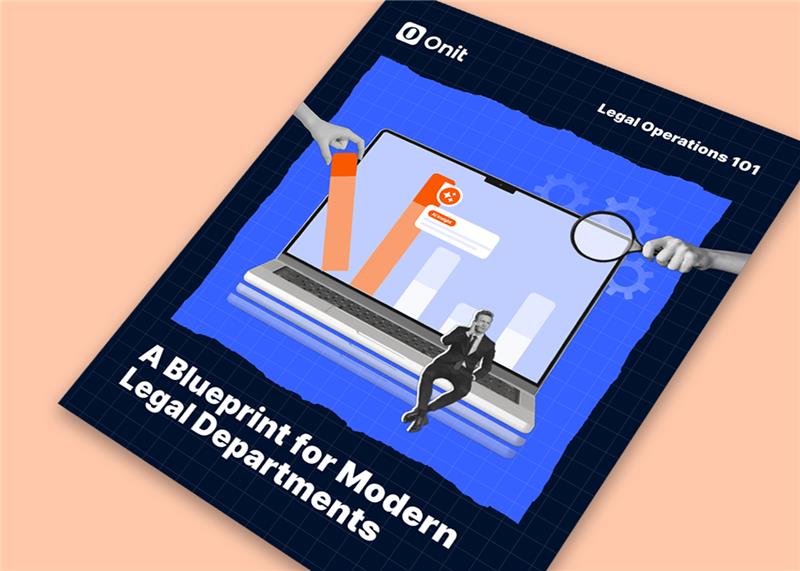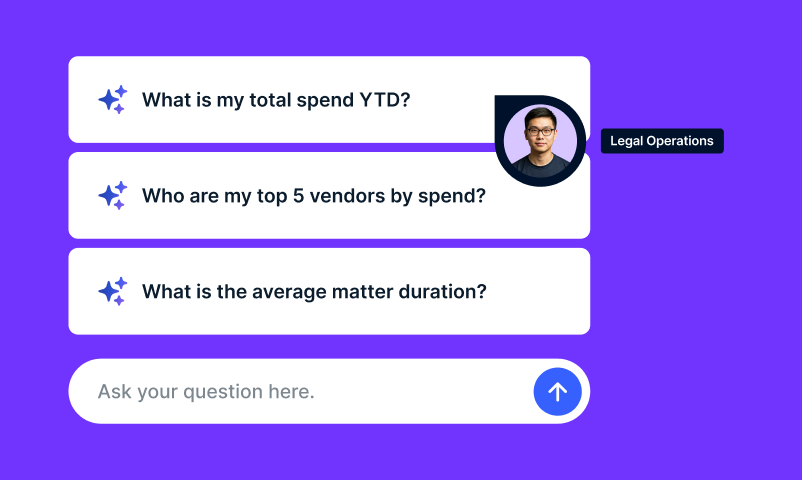If your legal intake process lives in your inbox, it’s already costing you time, credibility, and control.
Modern legal teams need more than email threads and spreadsheets to keep up. They need a smarter, structured way to manage requests from the start. Every vague “quick question” or one-line email from the business creates hidden friction. Before you know it, your team is buried in requests, half-tracked approvals, and missing context that slows everything else down.
For many legal departments, this is just how work happens. It’s the status quo. But when your legal intake process chaos becomes the norm, you stop operating strategically. You’re reacting, not prioritizing. The real cost isn’t just time, it’s credibility. And that’s not something you want to lose.
So let’s talk about what’s actually slowing your team down and how to fix it.

A poor legal intake process equals lost time, lost context, lost visibility
Manual legal intake probably feels simple. People send requests, you respond, things move forward. But behind the scenes, those small inefficiencies compound fast.
When service requests come through scattered channels like email, chat, or hallway conversations, it’s nearly impossible to see what’s in the pipeline or who’s handling what. Critical details get lost. Work gets duplicated. Business partners feel like they’re waiting in line without updates.
And for legal ops leaders, that means no visibility into metrics that matter: request volume, turnaround times, or workload distribution. Without data, it’s hard to justify budget, identify bottlenecks, or even show how much the team is handling day to day.
A modern legal service request (LSR) system fixes that by replacing the patchwork with something standardized, automated, and trackable.
How modern legal ops software transforms legal intake
Modern legal ops software is built to take the busywork out of intake. Instead of managing dozens of requests scattered across inboxes, it centralizes everything in one digital workspace that connects directly to enterprise legal management systems.
That means:
- Fewer missed details. Requesters complete guided intake forms that capture the right information every time.
- Faster routing. Requests are automatically assigned based on category, matter type, or workload.
- Smarter prioritization. Dashboards show what’s pending, urgent, or overdue without relying on manual tracking.
- Better visibility. Leaders can instantly see volume trends, turnaround times, and performance metrics.
Legal ops teams using LSR tools to modernize their legal intake process tend to move faster because the system handles the flow. The technology doesn’t just collect requests, it gives you control over how work comes in, moves through, and gets completed.

Signs your intake process is holding you back
You don’t need to overhaul everything at once to modernize. But you should pay attention to early warning signs that your current legal intake process is costing you efficiency.
If any of these sound familiar, it’s time to take a closer look:
- You spend hours each week triaging requests instead of managing outcomes.
- Your team constantly follows up to clarify missing details.
- Work requests pile up without a clear way to track or prioritize them.
- You can’t quantify how much work comes through intake or how quickly it gets done.
When your legal intake process feels like it’s grounded in guesswork, that’s your cue. Modernizing doesn’t just save time; it strengthens your department’s foundation. It helps you work on your terms, not your inbox’s.
From inbox chaos to legal intake clarity
A legal service request system is more than a tool, it’s a shift in how legal teams operate. It builds discipline into your process without adding friction. It shows business partners exactly how to engage with legal. And it gives your team the data to work smarter and prove value.
The result is faster response times, clearer accountability, and a department that looks organized and proactive, not reactive and overextended.

If you’re ready to see what a legal intake process looks like in action, join our upcoming LSR demo webinar. You’ll see how automation and AI-native design transform intake into something efficient, transparent, and easy to manage.
Your legal intake process doesn’t have to drain your time or your team’s energy. With the right system, it can finally work the way you do.
If your intake feels out of control, it probably is.
See how modern legal intake actually works
Join our live LSR demo webinar on October 28 at 1PM ET.
You’ll learn how Onit’s AI-native legal service request system eliminates bottlenecks and helps legal work faster, smarter, and on your terms.





